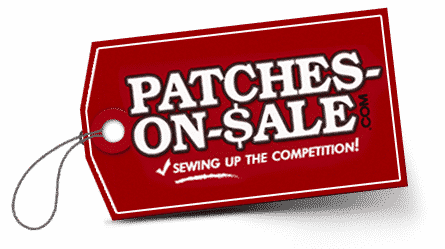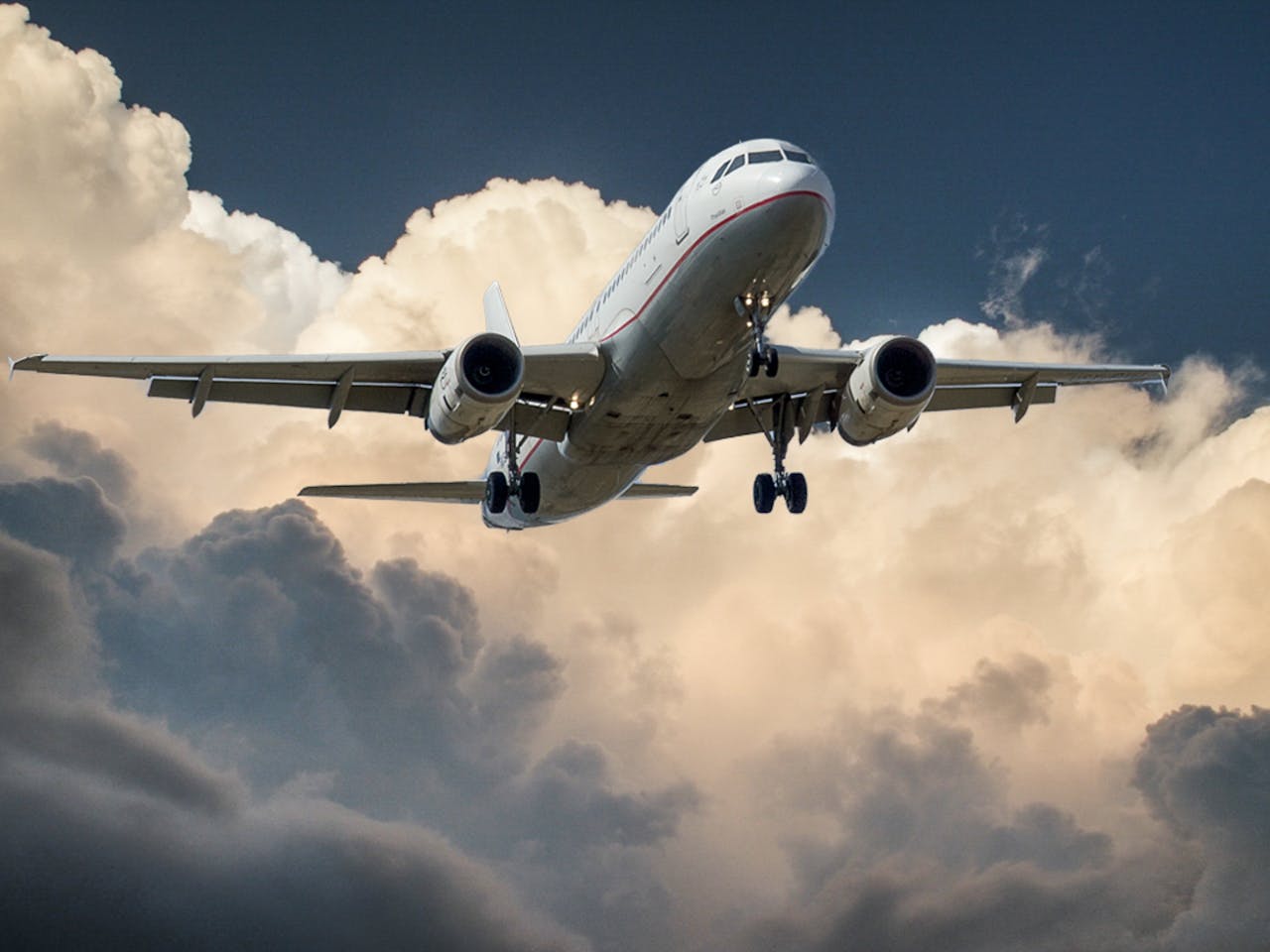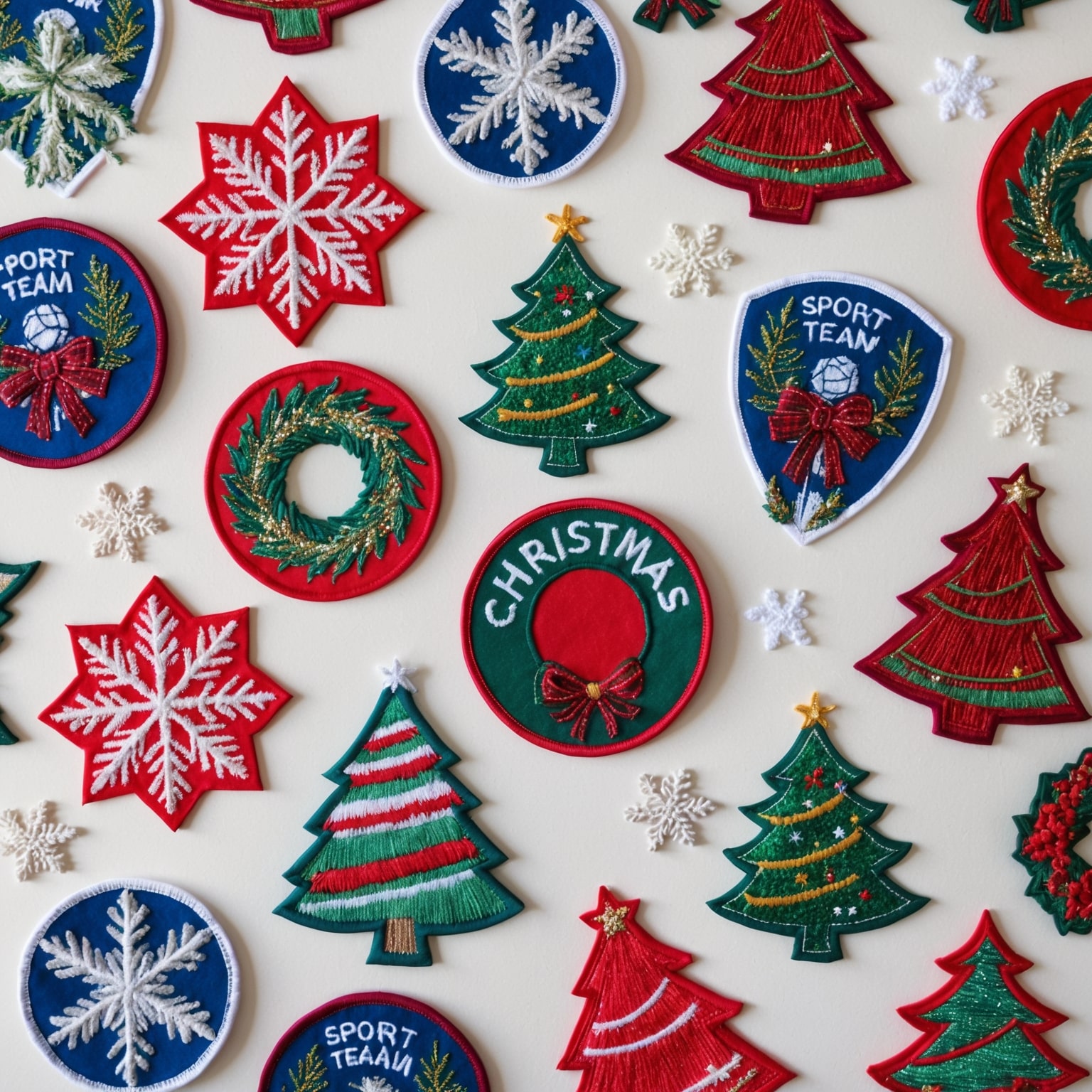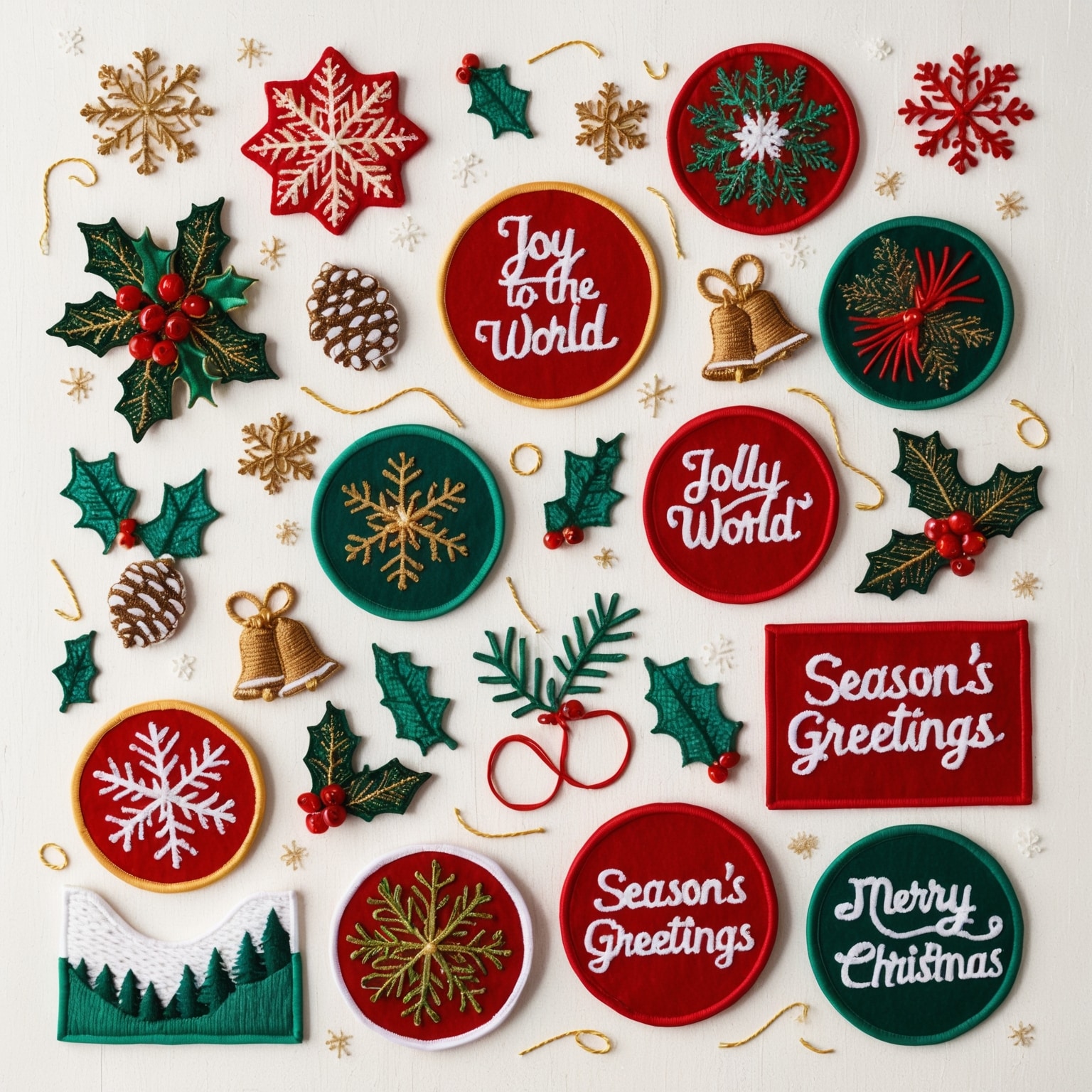The Timeless Appeal of Custom Aviation Patches
Custom aviation patches have long been a symbol of identity, pride, and camaraderie within the aviation community. From military squadrons to commercial airlines, these patches serve as visual representations of the units, missions, and traditions they embody. Over the years, the design and use of aviation patches have evolved, reflecting changes in technology, aesthetics, and cultural trends. Today, custom aviation patches are not only functional identifiers but also artistic expressions that capture the spirit and history of aviation. In this article, we explore the trends and inspirations that shape the world of custom aviation patches, highlighting the innovative designs and themes that continue to make these patches a cherished part of aviation culture.
The Historical Roots of Aviation Patches
Military Origins
The tradition of aviation patches dates back to the early days of military aviation. As air forces formed distinct units and squadrons, patches became a way to identify and distinguish these groups. Early patches were often simple, featuring the squadron’s emblem or insignia, and were worn on flight suits or jackets. These patches served not only as identifiers but also as symbols of the unit’s mission, achievements, and esprit de corps.
Example: A World War II bomber squadron patch might feature a fierce animal mascot, the squadron’s number, and a motto like “Death From Above,” reflecting the unit’s combat role and spirit.
The Evolution of Military Patches
Over time, military aviation patches evolved to include more detailed designs, vibrant colors, and intricate symbolism. Patches became a way to commemorate specific missions, deployments, and exercises, often incorporating elements unique to the event. The tradition of patch trading and collecting also emerged, with aviators exchanging patches as a form of camaraderie and memento.
Example: A modern-day fighter squadron might create a limited-edition patch for a deployment, featuring imagery of the aircraft, the theater of operations, and a custom slogan.
Civilian and Commercial Aviation Patches
Airline and Corporate Branding
As commercial aviation grew, airlines and aviation-related companies adopted the use of patches as part of their branding and corporate identity. Flight crew members, ground staff, and maintenance teams often wear patches featuring the company’s logo and colors. These patches serve as a professional identifier and a way to promote brand loyalty and pride among employees.
Example: A commercial airline might issue patches to flight attendants and pilots, featuring the airline’s logo, name, and a design element that reflects the company’s brand image, such as a globe or an aircraft silhouette.
Private and Recreational Aviation
Custom aviation patches are also popular among private pilots, flight schools, and recreational aviation clubs. These patches often feature unique designs that reflect the group’s interests, location, or aircraft type. They serve as a way to build a sense of community and identity among members.
Example: A private flying club might design a patch featuring a vintage aircraft and the club’s name, creating a nostalgic and personalized emblem for its members.
Trends in Custom Aviation Patch Design
Vintage and Retro Designs
One of the prominent trends in custom aviation patch design is the revival of vintage and retro aesthetics. Inspired by the classic designs of the early to mid-20th century, these patches often feature bold colors, stylized fonts, and nostalgic imagery. This trend is particularly popular among military units and aviation enthusiasts who appreciate the history and heritage of aviation.
Example: A patch designed in the style of World War II-era bomber patches might include vintage-style typography, a pin-up girl, and a propeller aircraft, evoking the golden age of aviation.
Minimalist and Modern Aesthetics
In contrast to vintage designs, some custom aviation patches embrace a minimalist and modern aesthetic. These patches often feature clean lines, simple shapes, and a limited color palette. The minimalist approach emphasizes clarity and elegance, making the design easily recognizable and versatile.
Example: A modern commercial airline might opt for a sleek, minimalist patch design featuring only the airline’s logo and a simple color scheme, reflecting the company’s focus on efficiency and innovation.
Custom Shapes and Unique Materials
While traditional aviation patches are typically round, rectangular, or shield-shaped, there is a growing trend towards custom shapes that reflect the unique aspects of the unit or organization. Additionally, the use of unique materials, such as PVC, leather, or metallic threads, adds texture and dimension to the patches.
Example: An air rescue unit might design a custom-shaped patch in the form of a helicopter, using PVC material for a durable, weather-resistant finish.
Incorporating Advanced Techniques and Technologies
Advancements in embroidery and manufacturing technologies have expanded the possibilities for custom aviation patch designs. Techniques such as 3D embroidery, dye-sublimation printing, and laser cutting allow for intricate details and vibrant colors. These innovations enable designers to create patches that are both visually stunning and highly durable.
Example: A flight school might create a patch with 3D embroidered elements, such as raised wings or an aircraft nose, adding a tactile and realistic quality to the design.
Inspirations for Custom Aviation Patches
Historical and Cultural References
Historical events and cultural references are a rich source of inspiration for custom aviation patch designs. Patches may commemorate significant milestones in aviation history, such as the first solo transatlantic flight or the Apollo moon landing. They can also draw from popular culture, incorporating elements from aviation-related movies, books, or folklore.
Example: A patch commemorating the anniversary of the Wright brothers’ first flight might feature an image of their iconic aircraft, the Flyer, along with the date and location of the historic event.
Nature and Geography
Nature and geographical elements are often incorporated into aviation patch designs, especially for units or organizations associated with specific regions. Mountains, oceans, deserts, and other natural features can symbolize the environment in which the unit operates or the location of the event.
Example: A squadron based in Alaska might include imagery of snow-capped mountains and northern lights in their patch design, reflecting the unique terrain and climate of the region.
Mascots and Mythical Creatures
Mascots and mythical creatures are popular motifs in aviation patch designs. These elements add personality and character to the patches, often symbolizing qualities like strength, agility, or cunning. Mascots can be animals, fictional characters, or mythical beings, each chosen to represent the unit’s spirit and mission.
Example: A fighter squadron might choose a mythical dragon as their mascot, symbolizing power and ferocity in combat.
Aircraft and Technology
The depiction of aircraft and aviation technology is a common theme in custom aviation patches. The specific aircraft flown by the unit or the technological advancements associated with the organization are often central to the design. These elements highlight the unit’s capabilities and the cutting-edge nature of aviation.
Example: A patch for a squadron flying the latest stealth fighter jet might feature a stylized silhouette of the aircraft, emphasizing its advanced technology and stealth capabilities.
The Process of Creating Custom Aviation Patches
Design Concept and Collaboration
The process of creating custom aviation patches begins with developing a design concept. This involves collaboration between the client and the designer, discussing elements such as symbols, colors, text, and themes. The designer then creates preliminary sketches or digital mock-ups based on the client’s vision and feedback.
Example: A commercial airline might work with a designer to develop a patch that reflects a new route launch, incorporating the destination’s iconic landmarks and the airline’s branding elements.
Choosing Materials and Techniques
Once the design is finalized, the next step is selecting the materials and techniques for the patch. This includes choosing the type of fabric, thread colors, and any additional elements like 3D embroidery or metallic threads. The choice of materials and techniques can impact the patch’s durability, appearance, and cost.
Example: A high-end aviation patch might use metallic threads and a combination of twill and velvet fabrics, creating a luxurious and durable design.
Production and Quality Control
After the materials and techniques are selected, the patch moves into production. This involves embroidering or printing the design onto the chosen fabric, cutting the patches to shape, and finishing the edges. Quality control checks ensure that the final product meets the client’s specifications and maintains high standards.
Example: A flight school might order a batch of patches for its graduating class, ensuring that each patch is checked for consistency in color, stitching, and overall quality.
Distribution and Display
Once produced, custom aviation patches can be distributed to members of the unit or organization. They can be worn on uniforms, flight suits, jackets, or hats. Additionally, patches can be displayed in shadow boxes, framed collections, or on patch boards, serving as a visual record of achievements and experiences.
Example: A military aviator might display their collection of squadron patches in a framed shadow box, along with photos and other memorabilia from their service.
The Future of Custom Aviation Patches
Sustainable and Eco-Friendly Practices
As environmental awareness grows, there is an increasing trend towards sustainable and eco-friendly practices in the production of custom aviation patches. This includes using organic or recycled materials, eco-friendly dyes, and sustainable manufacturing processes.
Example: An aviation company committed to sustainability might choose patches made from recycled polyester and eco-friendly dyes, aligning with their environmental values.
Digital and Interactive Elements
The integration of digital and interactive elements is an emerging trend in the world of custom aviation patches. Technologies like augmented reality (AR) can enhance the patch experience by providing additional information or interactive content when scanned with a smartphone.
Example: A patch for an airshow might include an AR component that, when scanned, displays a 3D model of a featured aircraft or a video clip of a flight demonstration.
Global and Cross-Cultural Influences
As aviation becomes increasingly global, custom aviation patches are reflecting a broader range of cultural influences. Designers are incorporating elements from different cultures, languages, and artistic traditions, creating patches that celebrate the diversity of the aviation community.
Example: A patch for an international aviation conference might feature design elements from the host country’s culture, such as traditional patterns, colors, or symbols.
The Enduring Appeal of Custom Aviation Patches
Custom aviation patches continue to be a beloved and significant aspect of aviation culture, embodying the identity, pride, and achievements of the units and individuals they represent. From their military origins to their widespread use in civilian and commercial aviation, these patches have evolved in design and purpose, reflecting changing trends and innovations.
As the aviation industry advances and embraces new technologies and cultural influences, custom aviation patches will continue to evolve. Whether commemorating historical milestones, celebrating technological advancements, or simply expressing a unit’s spirit, these patches will remain a cherished form of memorabilia and a testament to the rich heritage of aviation.
The enduring appeal of custom aviation patches lies in their ability to tell a story and capture the essence of the aviation experience. As they continue to adapt and innovate, these patches will undoubtedly remain a vibrant and meaningful tradition within the aviation community.
If you are interested in purchasing high-quality custom patches, feel free to call us at 1-877-503-8485 or fill out one of our FREE quotes here.




